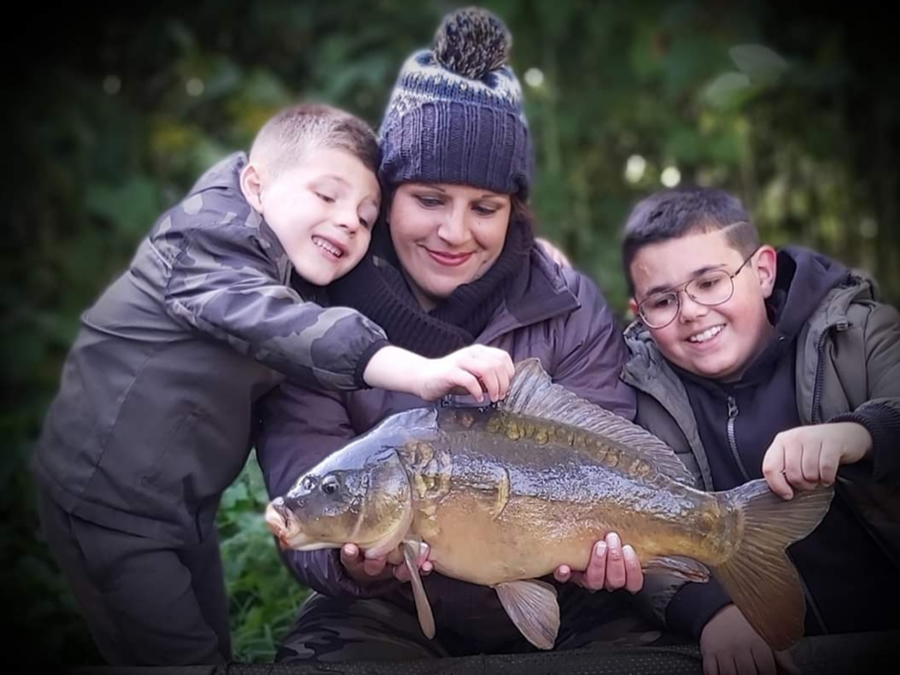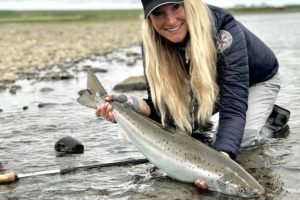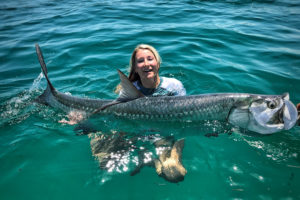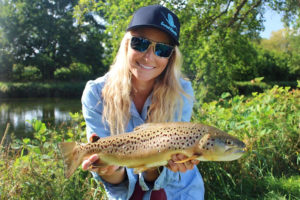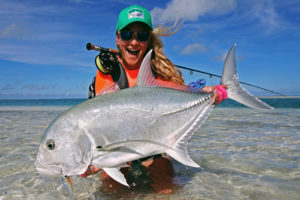
Get Fishing Resources
5 ways to improve your fishing skills during isolation

30 April 2020
Marina Gibson has become a spokesperson for all the good things that angling can bring to people who give fishing a go; including mental and physical health and wellbeing and the opportunities to learn about the outdoor world and meet like-minded people. Marina is also an Angling Trust Ambassador and has written this awesome blog for them on 5 ways to improve your fishing skills during isolation…
1. Accuracy practice (preferably outdoors to avoid breakages!):
- Place the targets in a range of distances and positions (straight ahead, left & right). If you don’t have outside space don’t worry I have some exercises coming up for you (…see 2).
- Make sure that at least one foot is pointing at your target – footwork is important when you’re fishing.
- Try with an open and closed stance to see which one works for you.
- Also, try a thumb and finger on top grip and see which one you prefer.
- Start with the piece of colourful yarn in your hand.
- During your false casts let line slip until you reach the target.
- Hover the piece of yarn over your target until you’re ready to deliver.
- It helps if your back cast is higher than usual and that you tilt your trajectory forwards so that your forward cast is lower than normal. This tactic also works when you’re fishing/ casting into a head wind.
Once you’ve practiced you can enter the #orvishatsoffchallenge … see mine here: www.youtu.be/X39O9UBknQ4
2. Learn 5 new casts or fishing techniques (perfect for indoors):
YouTube tutorials are quite often the best way to get the ball rolling without having to leave home.
For example: Double hauling – www.youtu.be/d8idd4kgXY.
A practicaster is another great home tool for you and your kids, you can also replace the short wool line with a flyline and practice just about anything without breaking your crockery! If you don’t have a practicaster, try using the first two sections of your rod. You can also practice on your knees, giving you more space above for your loops, whilst pretending to stalk a trout from the bank!
Practicing your double haul: DH is manipulating the line during the casting stroke to increase line speed and by doing this you can add distance and cast more efficient loops into the wind. Mel Kreiger a well known casting instructor explains that the pulling on the line movement is a downup (all one word). The most important thing is to get your hands back together.
Here is an exercise you can do at home (indoors or outdoors): Set out some cones or markers in the shape of a triangle – stand at the point and use the other two for your casting arc, pull on the line ‘downup’ and lay the line down on the floor, once you’re in a rhythm you can climb the ladder until you’re at your normal casting stroke angle. If you’re doing it indoors, concentrate on doing small hauls and just work on your timing.
3. Fill a box: what better time to prepare a fresh set of flies for when the season opens:
Here are some of my up coming fly tying aims: Klinkhammer, Elk Hair Caddis, Griffiths Gnat, Quill Body CDC, Partridge and Orange Spider, Snipe and Purple Spider, Pheasant tail, Hares ear, Diawl Bach and Duracell. If you’re new to fly tying (like me) I would recommend David Mcphail’s YouTube videos to help you along the way. www.youtube.com/user/DavieMcPhail
4. Practice your knots and learn new ones that are out of your comfort zone:
One question that cropped up in one of my recent lives Q: ‘What is something that most people learn only after it’s too late?’ A: KNOTS!!!!!
To name a few, ranging from beginner knots to more advanced ones: blood knot or half blood knot (to tie your fly to the end of your tippet), perfection loop (to connect your leader to your flyline using a loop to loop), nail knot (to connect your flyline to your leader), Albright knot (joining two lines which differ in diameter, also tying backing to flyline when fishing lighter rods for smaller fish), tucked water knot (for droppers), rapala knot (to give certain fly patterns more movement, for example bonefish & permit flies), Bimini twist (to tie your backing to the flyline when fishing heavier rods for bigger fish) – again YouTube is the place to be when you’re learning these new crafts.
5. Read a fishing book:
This is one of the best and most relaxing ways to absorb knowledge and learn about a new or old skill – flyfishing is never ending – we will never stop learning.
In this case, fishing books are plentiful, so using this time to gain more wisdom will only make you more successful. I’m currently reading ‘The History of Flyfishing’ by Conrad Voss Bark and I’m LOVING it – highly recommended for anyone who is curious about flyfishing evolution.
If you’re feeling unmotivated that’s OK. Take one step at a time and do what you can. There’s no pressure, but I hope these 5 ideas will be helpful to those who are stuck for ideas. Stay safe and wishing you all tight lines when the time comes…
Best wishes,
Marina
About Marina Gibson:
Marina runs various guided fishing courses from individual fishing instruction to corporate fishing days on the River Test. Based in Yorkshire but regularly travels the UK and abroad to give fishing tuition. Marina also runs The Northern Fishing School, based at Swinton Estate. Offering a wide range of fly fishing activities whether you’re a beginner, seasoned angler or a business looking for a corporate day out. The School caters for all ages, including sessions for school children; which are great fun.
- Blog: www.marinagibsonfishing.com
- Facebook: www.facebook.com/marinagibsonfishing
- Twitter: www.twitter.com/marinagibson25
- Instagram: www.instagram.com/marinagibsonfishing
- YouTube: www.youtube.com/channel/marinagibsonfishing
You might also like
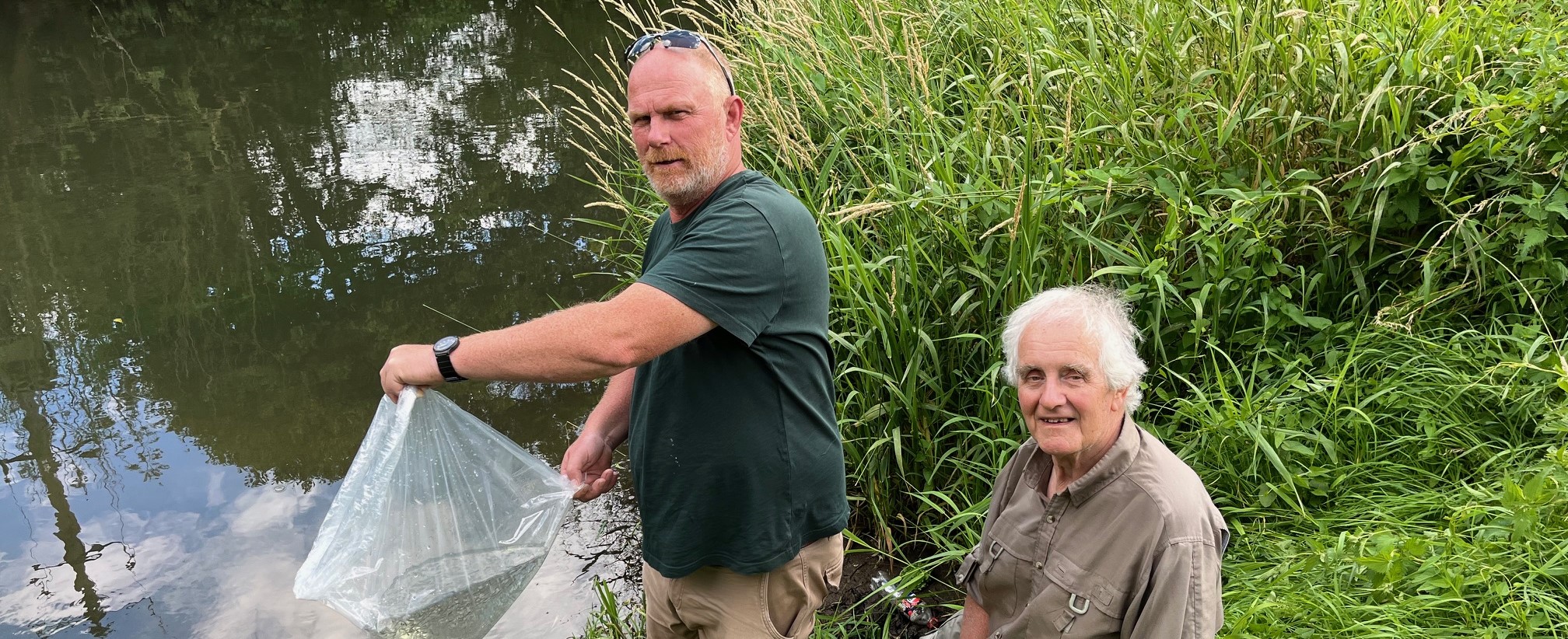
New Kennet Hatchery Releases First Reared Fish

Fishing Books for Kids

UK Recreational Catch-and-Release Bluefin Tuna: A step closer to…
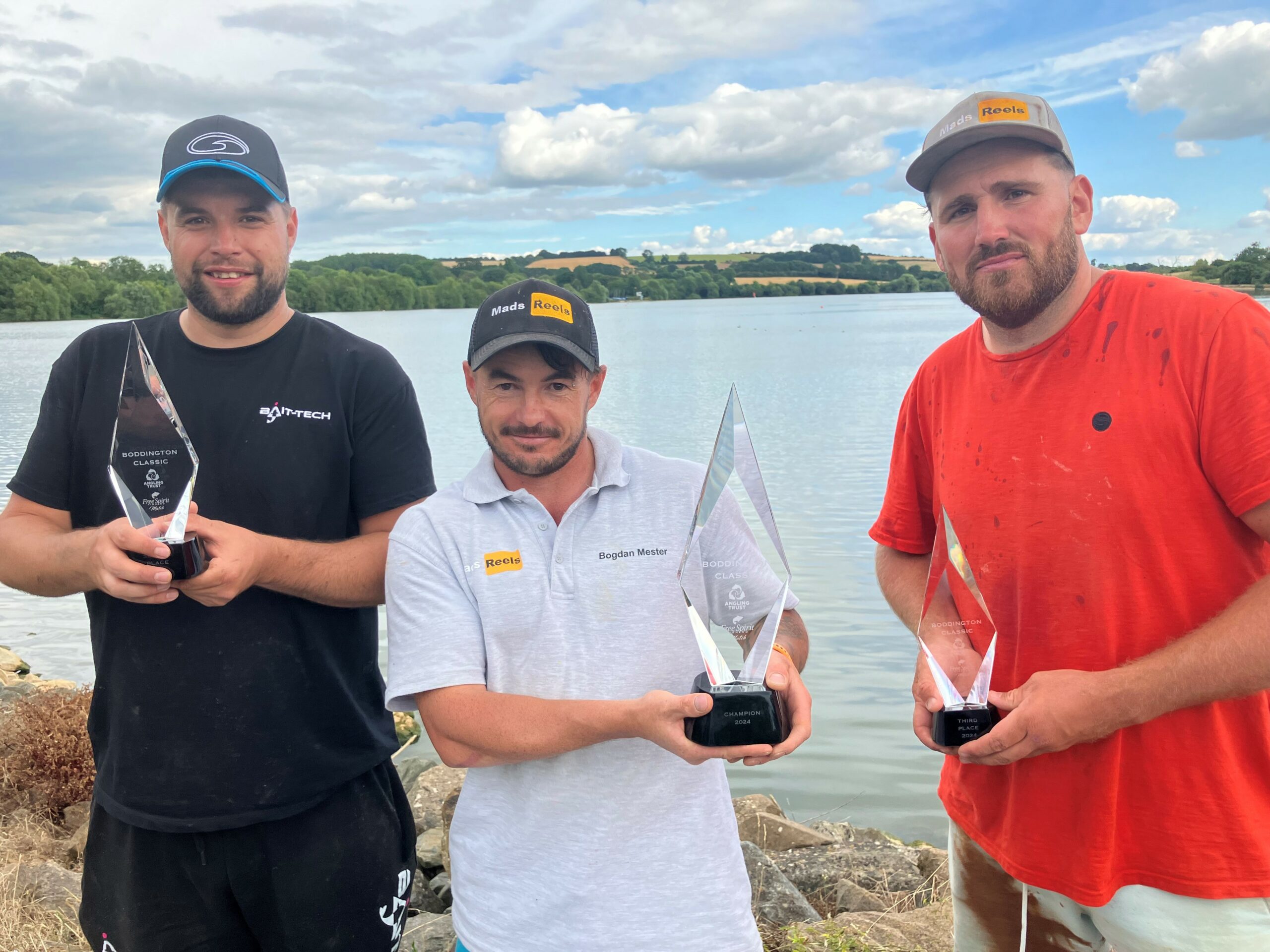
MESTER THE MASTER AT FREE SPIRIT MATCH BODDINGTON CLASSIC…
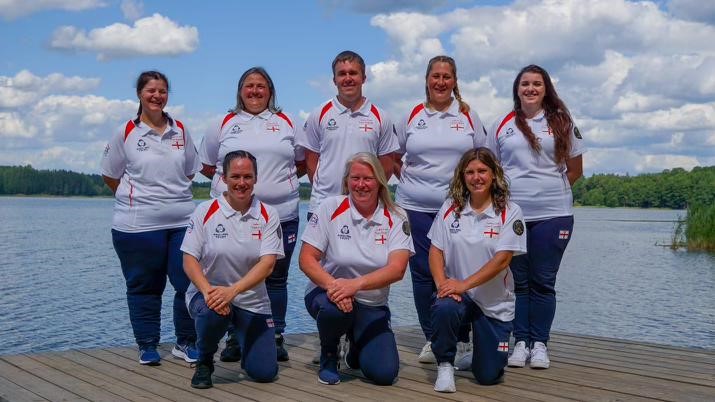
ENGLAND LADIES CARP TEAM MISS MEDAL ON TOUGH LATVIAN…

Angling Trust urges government to go further and faster…

ENGLAND YOUNG GUNS LEAD THE WAY IN HOME NATIONS…

AMAZING ENGLAND COMEBACK SECURES EURO CHAMPS BRONZE

ELLIOT BAGS THIRD NATIONAL WIN AT MARSTON!
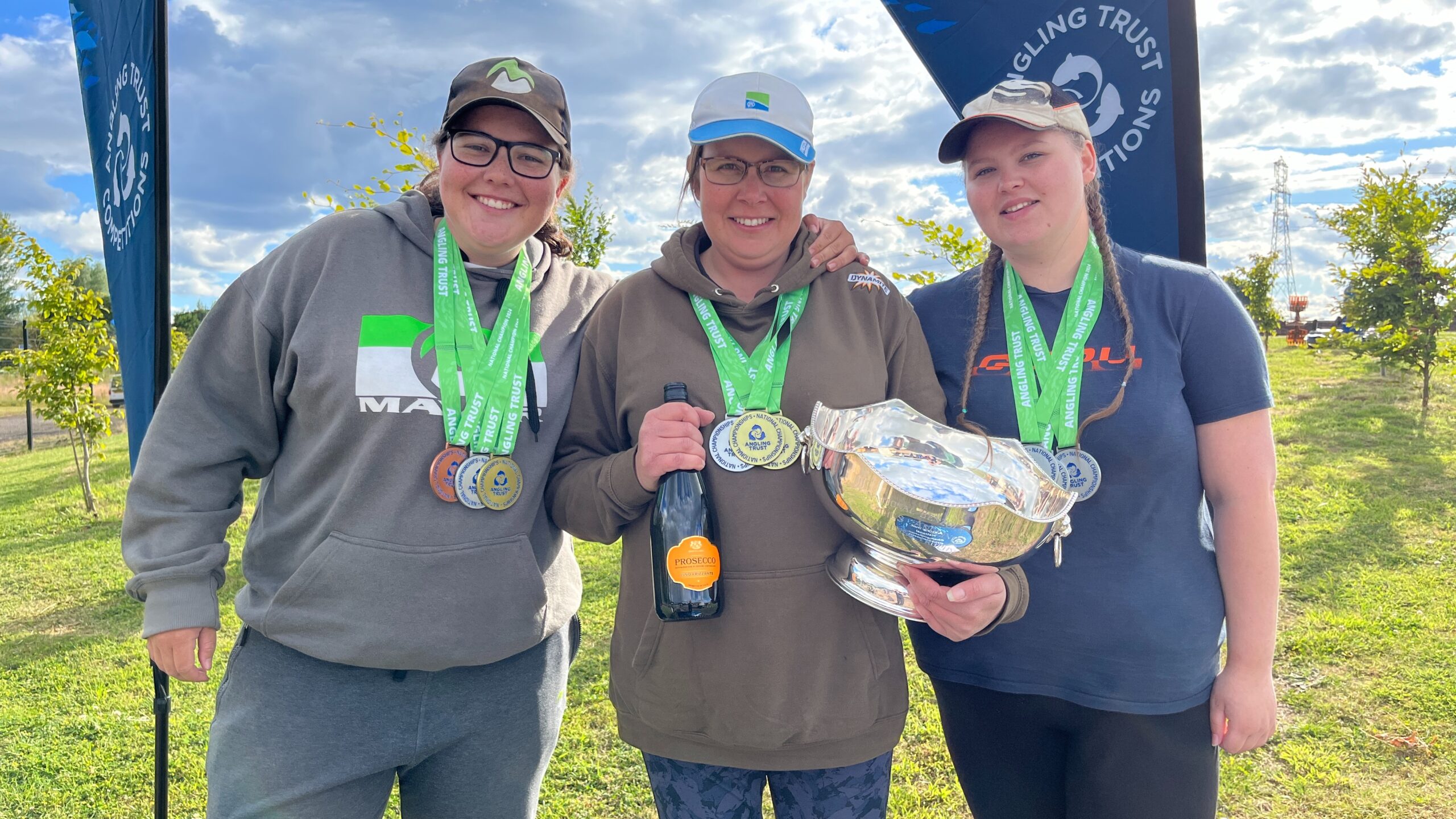
PATIENT APPROACH WIN WOMEN’S NATIONAL FOR LEANNE!

Take a Friend Fishing
27th July to 1st September…



